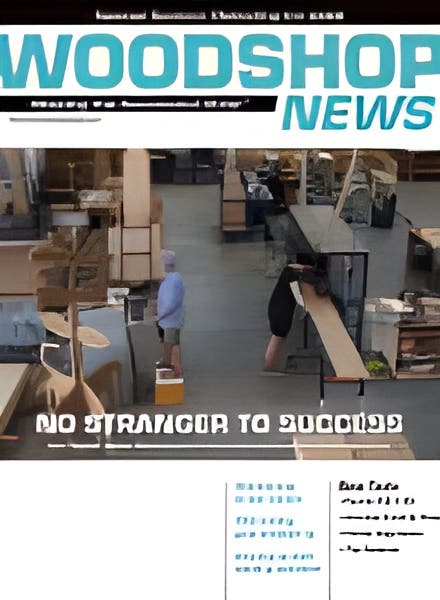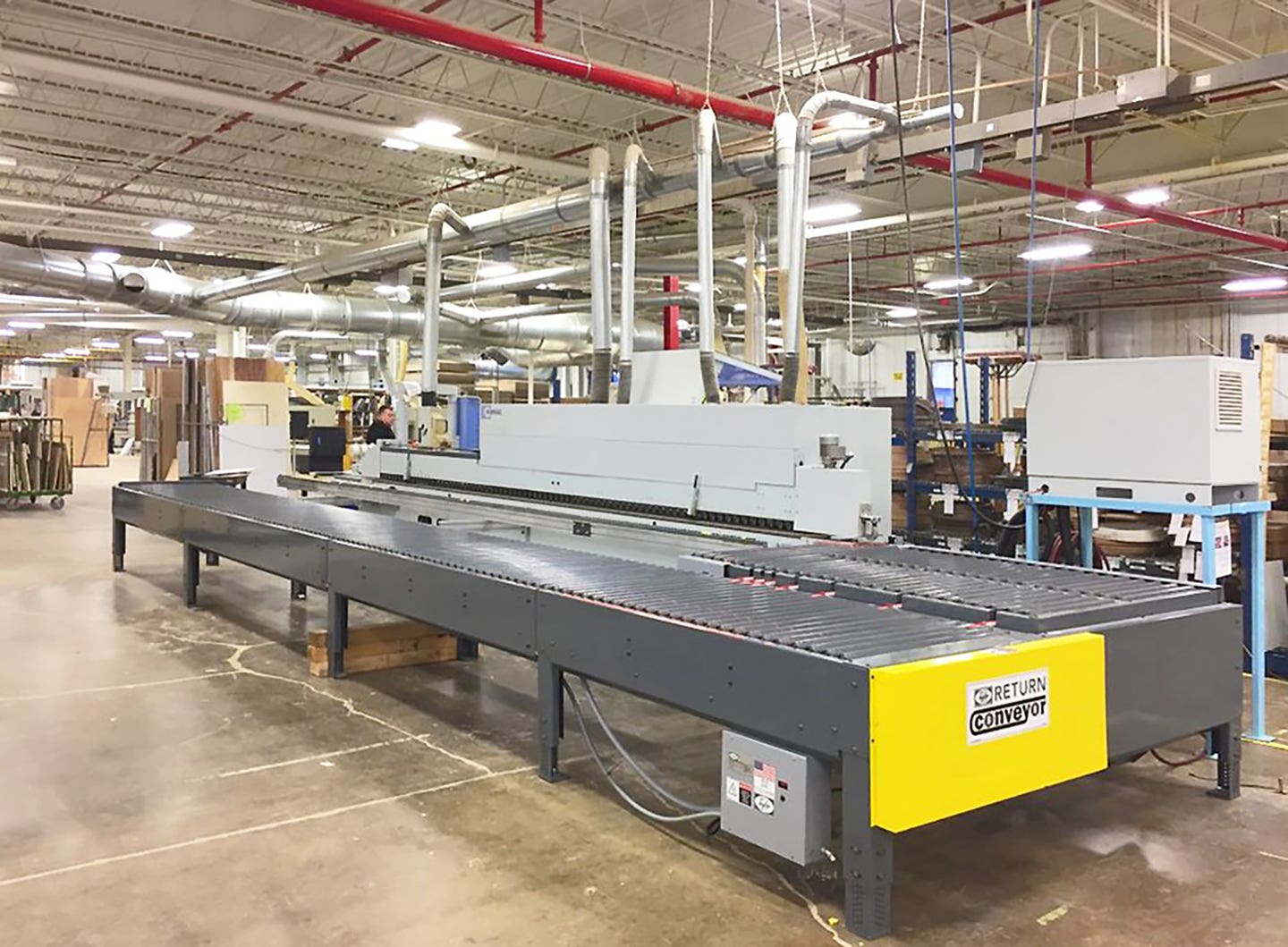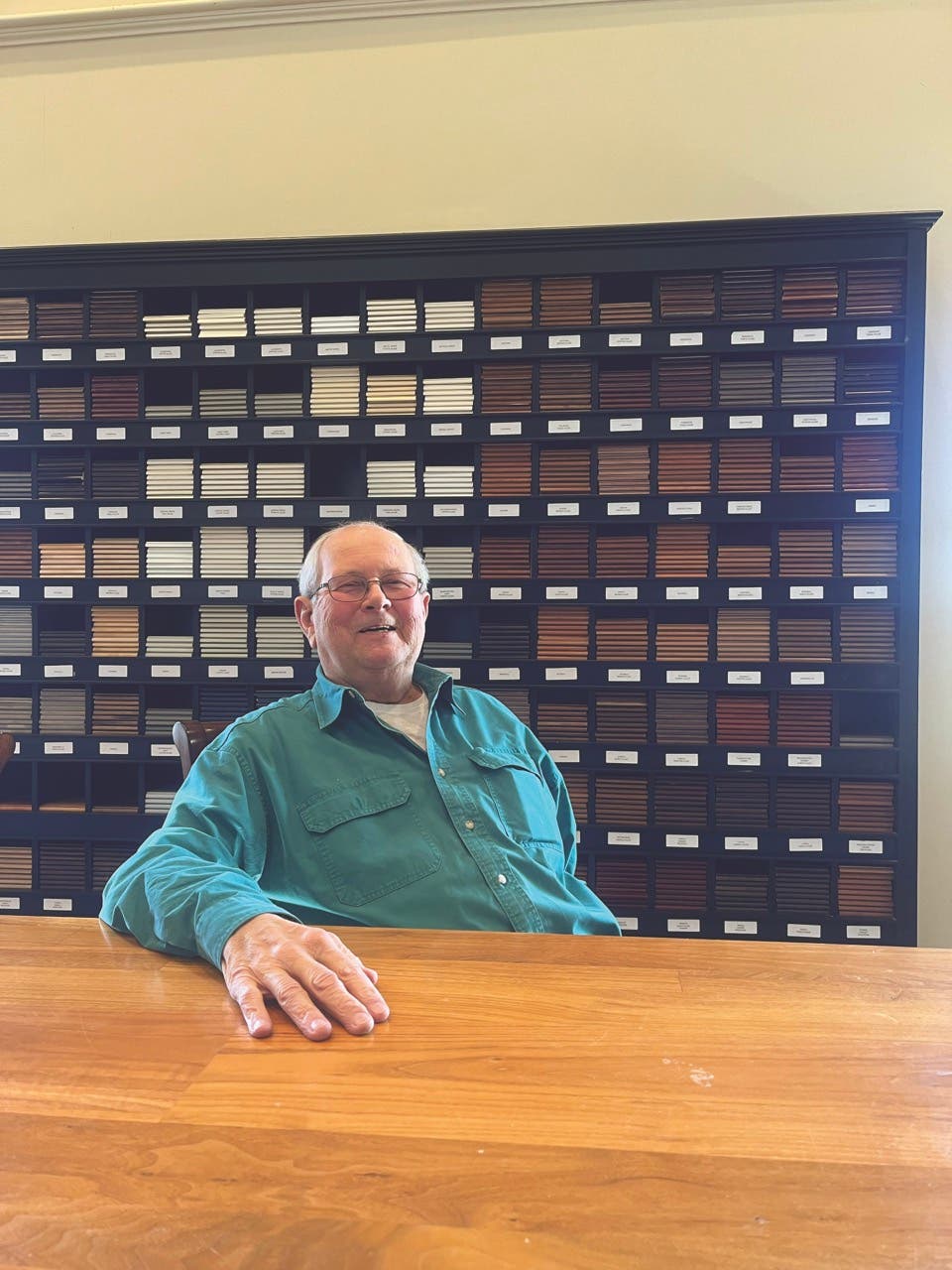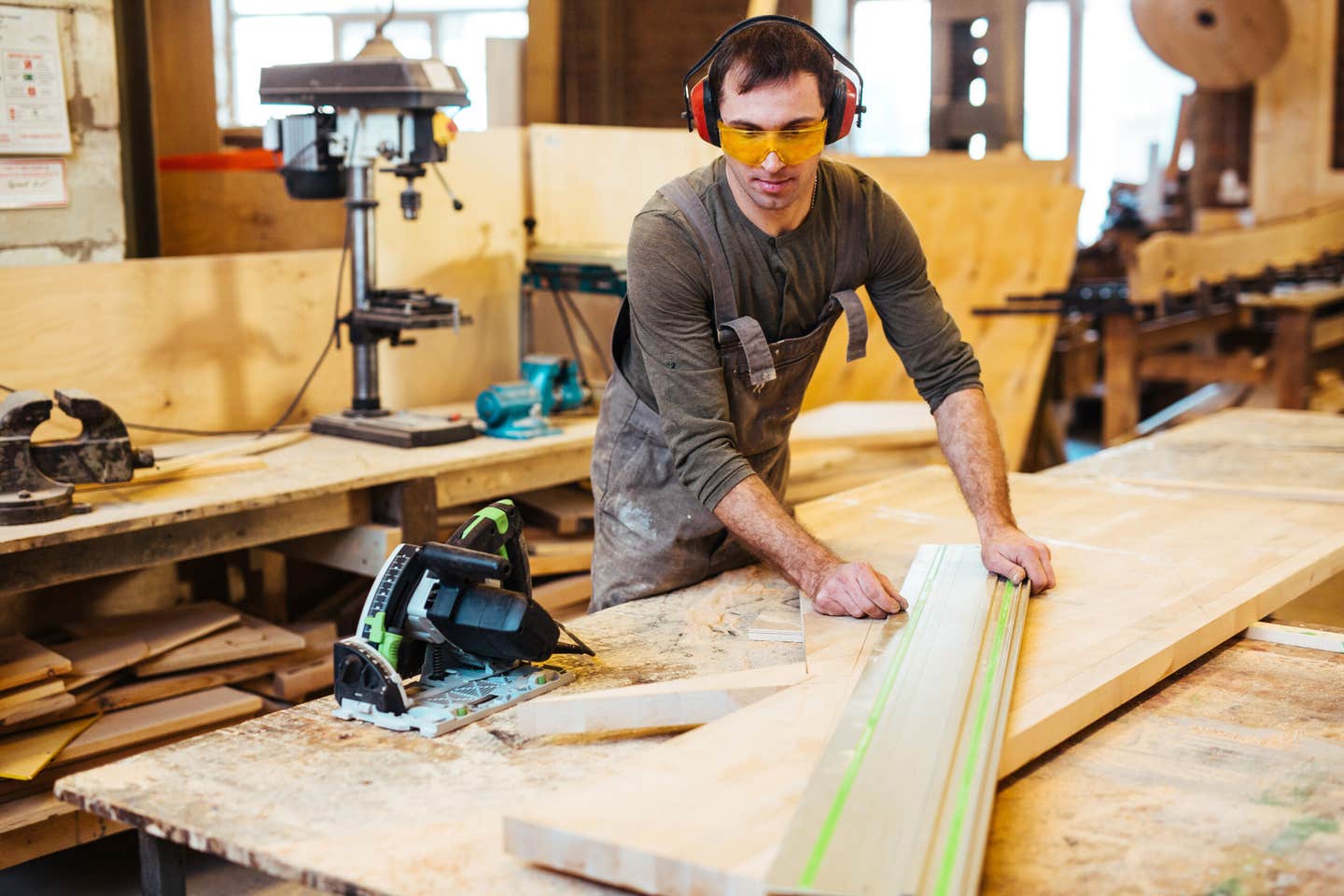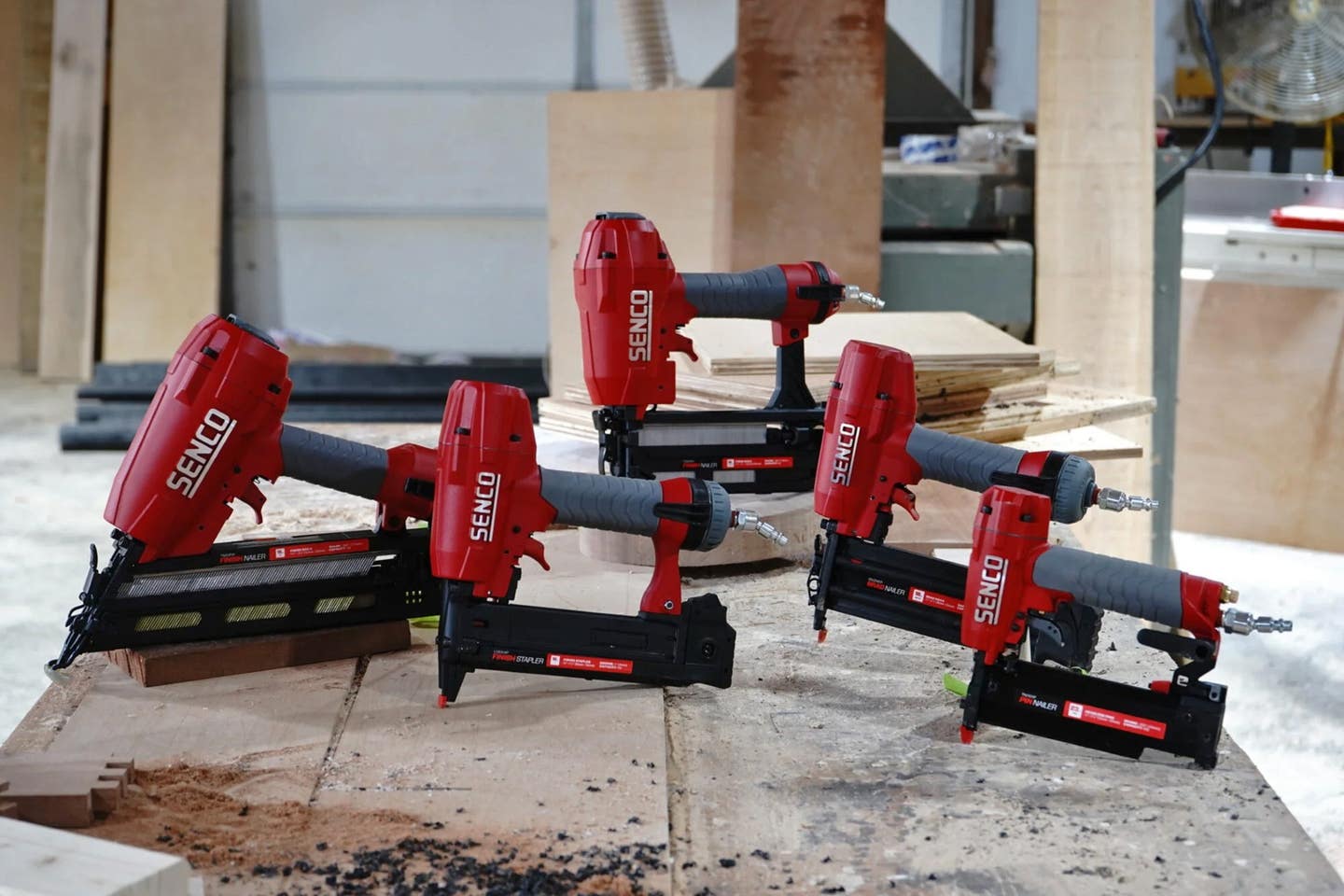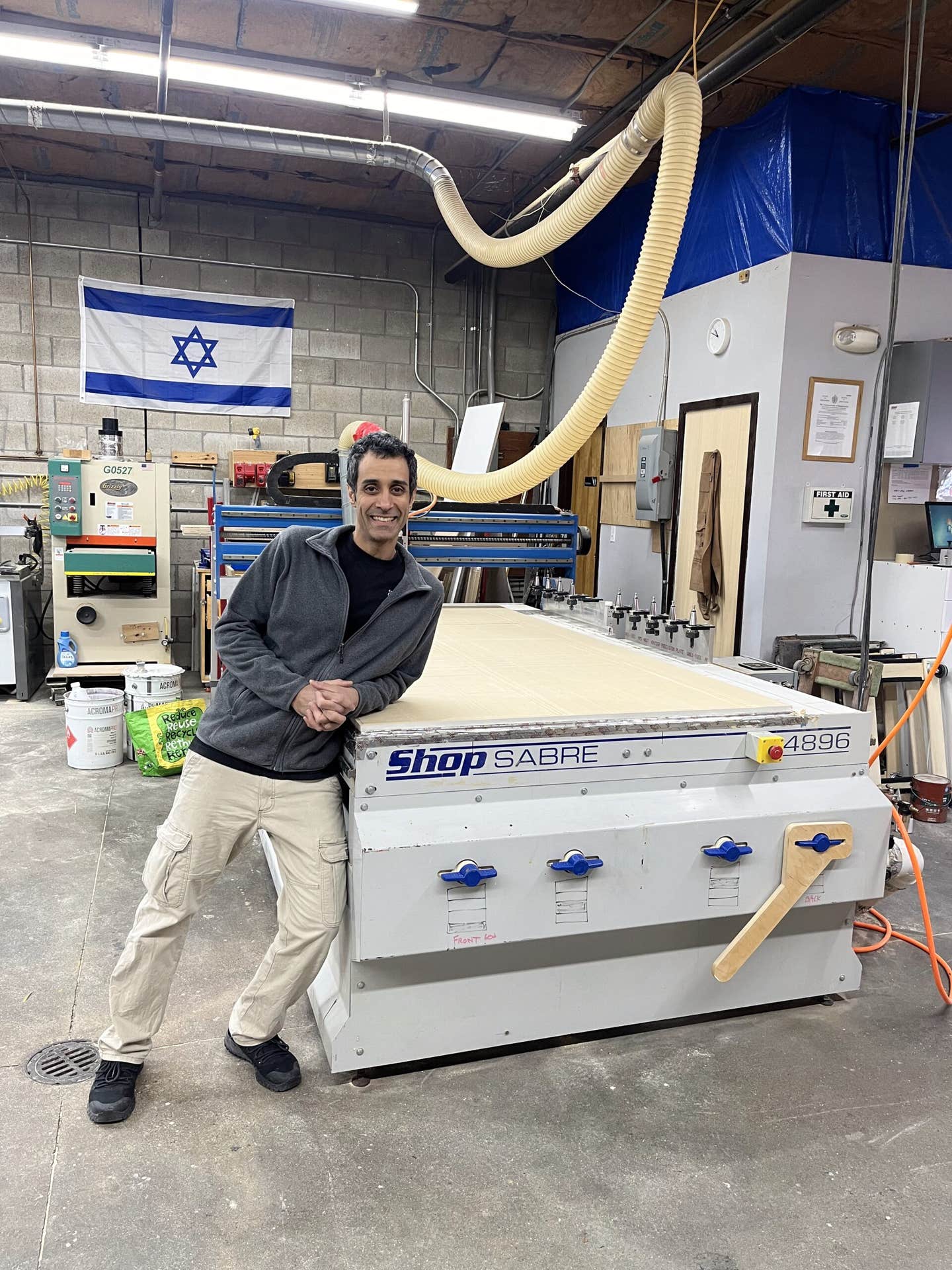From Concept To Completion
Founded in 2014, Concept Wood Design of Baltimore, Md., has progressed from a two-person operation to a full-service custom cabinetry and millwork shop with three owners and six full-time employees.
Founded in 2014, Concept Wood Design of Baltimore, Md., has progressed from a two-person operation to a full-service custom cabinetry and millwork shop with three owners and six full-time employees. Thanks to the densely populated area, as well as other custom shops in the region going out of business, local work in both residential and commercial sectors is plentiful for this motivated team. The only downside is trying to keep up.
“We’re at the point where we’re turning down opportunities to bid work because we’re booked out well into the months ahead. It’s a good problem to have, but it’s sometimes frustrating turning down fun projects we’d like to work on. We just don’t have the capacity to do all of it properly. If we were to sign up for all of it, we’d end up letting somebody down because we wouldn’t get it done in the timeframe they want and we’re not going to do that,” says John Deosaran, one of the owners.
Paul Deosaran, John’s brother, started the company with friend Dave Eske. John joined in 2019. The brothers are making big strides to keep the business moving in a positive direction with Eske about retire.
“Dave is in the process of easing out of the business. But he was a guy that had a lot of vision and helped start this whole thing,” says John.
Two friends and a dream
Paul and Eske harbored a dream for several years to open Concept Design.
“The cabinet work started as a sideline to my remodeling business 25 years ago,” says Paul. “It was mostly small residential projects in (Washington) D.C. Over time, I got more and more into cabinetry work, furniture and woodworking in general, and moved away from the G.C. side of things. Dave and I have been friends for 30 years. He was not in this business, but we worked on other things together, and he was into woodworking. We talked about doing this for 20 years.”
The first shop was in a specialty lumber retailer, World of Hardwoods, in Linthicum Heights, Md. By 2018, Paul and Dave purchased their current 7,000-sq.ft. shop, and John joined the effort a year later.
John is a former software engineer. “I always did woodworking on the side and built furniture for my house,” he says. “In my old life, as I call it, where I sat at a desk and did computer stuff, going home nights and weekends it was cool to build something with your hands where you could look back and say, ‘Oh, I made that’.”
John mainly works in the office as an estimator, while Paul oversees the shop. The rest of the team features Paula Nyberg, Chris Rollins, Dylan Jacobs, Scott Lee, Graysen Pollard, and Joe Holt.
John says the current building, with its large footprint and high ceiling, gives them lots of options, but their future there is uncertain.
“At the rate we’re going, we’re likely to outgrow this place in the not-too-distant future, probably in the next two years. That’s good news and bad news.”
Influx of work
Paul and Dave garnered a strong reputation through their residential work. But the company has pivoted to commercial work recently, filling a void in the market.
“There were several large shops, with 70 to 80 employees, that went out of business over the last three years which has flooded the market for the smaller shops to pick up the slack,” Paul explains.
“2020 was a very good year for us because of the restaurant work we got,” says John. “During the pandemic, because so many restaurants had to be closed, they thought that was the time to do renovations, so we had a lot of work come in. The restaurants are really where our business took off, and once we got it in, it just continued to grow. Word got out to G.C.’s managing those projects and they kept coming back to us.”
The partners hired their first employee in 2020, just after buying a Style CNC manufactured by Jinan Style Machinery Co. of China. Paul says it was a good, entry-level fit.
“We purchased it directly from them and installed it ourselves. It was half the cost of buying it here,” he says. “I stumbled across it on Facebook for $12,000 and thought we’d give it a try. We’ve gotten our money’s worth. Mostly it’s for sheet goods for cabinets but we also do furniture parts and other pieces. We used to use four machines to cut out parts for cabinets, now you put a sheet on, turn it on and walk away. I’d never go back. It would be hard to make money without the [CNC].”
A prime location
At this stage, Concept prefers to keep residential work to a minimum.
“The residential side is nice because they tend to be smaller projects, you’re paid fast, and your cash flow is better,” says John. “But it’s not as if I’m going to sell you more than one set of kitchen cabinets, so once I’ve done that, I’ve got to go find another, and the next one, and the next one.”
Concept’s mid-Atlantic location eliminates the need for extensive travel.
“The D.C./Baltimore area, generally, is not recession proof but tends to fare better than the rest of the country. It’s the seat of the Federal government, which doesn’t stop spending money, so recessions tend to not hit the D.C area as hard as a lot of the rest of the country,” says John.
The shop’s client list includes McCormick & Schmick’s Harborside restaurant in Oxon Hill, Md.; Morton’s Steakhouse in Arlington, Va.; Union League Golf Club in Philadelphia; Jimmy’s Famous Seafood in Baltimore; St. John’s College in Annapolis, Md.; Smithsonian Museum of Natural History in Washington, D.C.; Thurgood Marshall BWI Airport in Baltimore., and numerous coffee shops, bars, and taverns.
The brothers like to share that Concept was recognized on the Food Channel television show, Diners, Drive-Ins, and Dives, hosted by Guy Fieri, that featured Jimmy’s Famous Seafood.
“During the pandemic, the show was doing Zoom-style interviews. All the restaurants were sending gifts in along with the food, each trying to outdo the last one. The owner of Jimmy’s called us and wanted a wood and epoxy surfboard that had Guy’s logo and Jimmy’s logo. The piece was sent in the box with all the ingredients for what they wanted to cook,” says John.
Looking ahead
The World of Hardwoods closed recently, presenting a new opportunity for the owners.
“We ended up buying all their inventory and have started selling lumber on the side. We recently struck up relationships with other local mills. We are working with a guy that collects, cuts, does his own kiln drying but doesn’t want to handle sales anymore,” says John.
“We definitely want to expand on the lumber division. We recently sold some wood to a small cabinet shop here and hope to get the word out to other shops. Our website company redesigned our site to include the lumber offerings.”
The brothers say that down the road, ideally, they would have an employee take over the business. For now, they need to focus on managing the present with their resources at hand.
“We’re probably going to outgrow this space and work on a larger scale, if we can find help, but that’s a challenge now. The limitations on hiring right now are just finding good qualified folks, and we can only cram so many people in this space and have them be able to work effectively,” says John.
For more, visit conceptwooddesign.com.
This article was originally published in the April 2023 issue.

